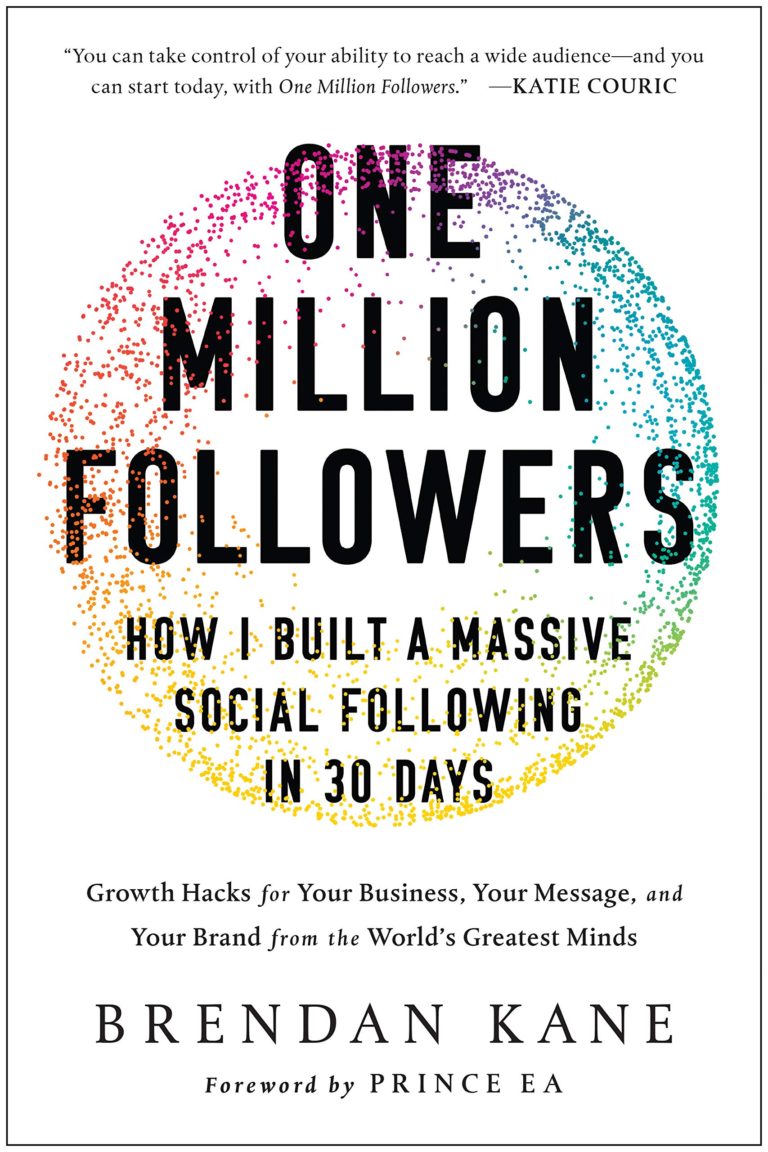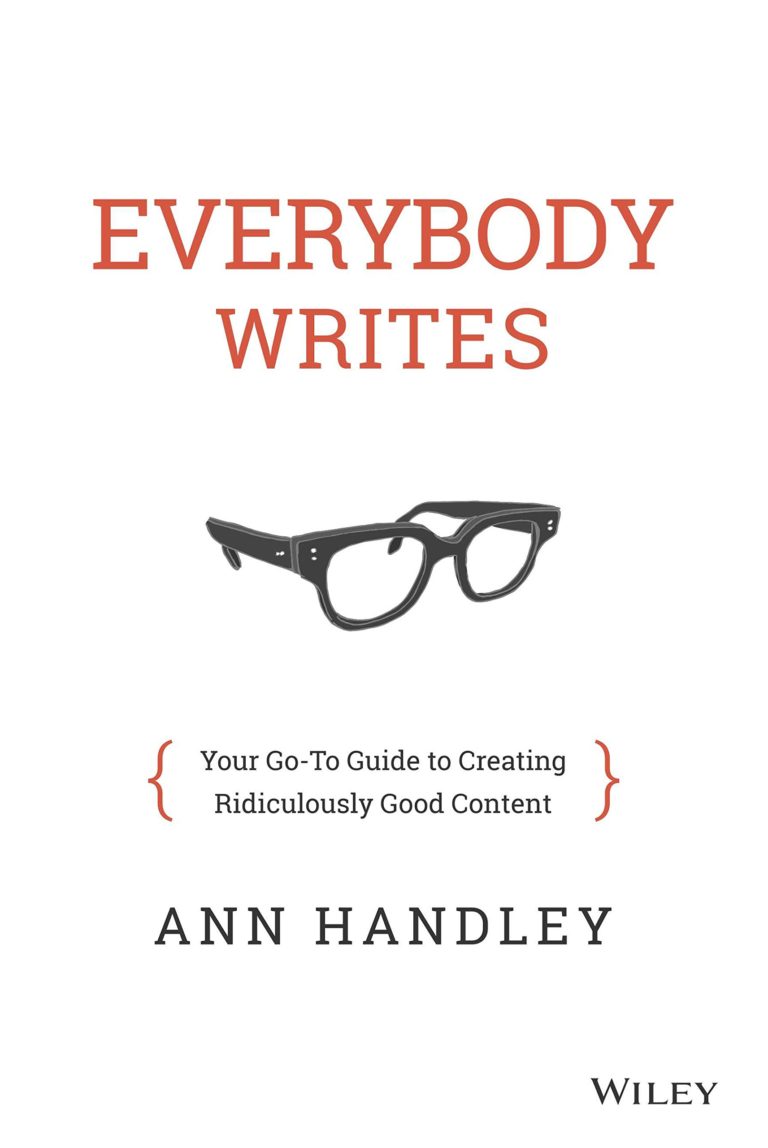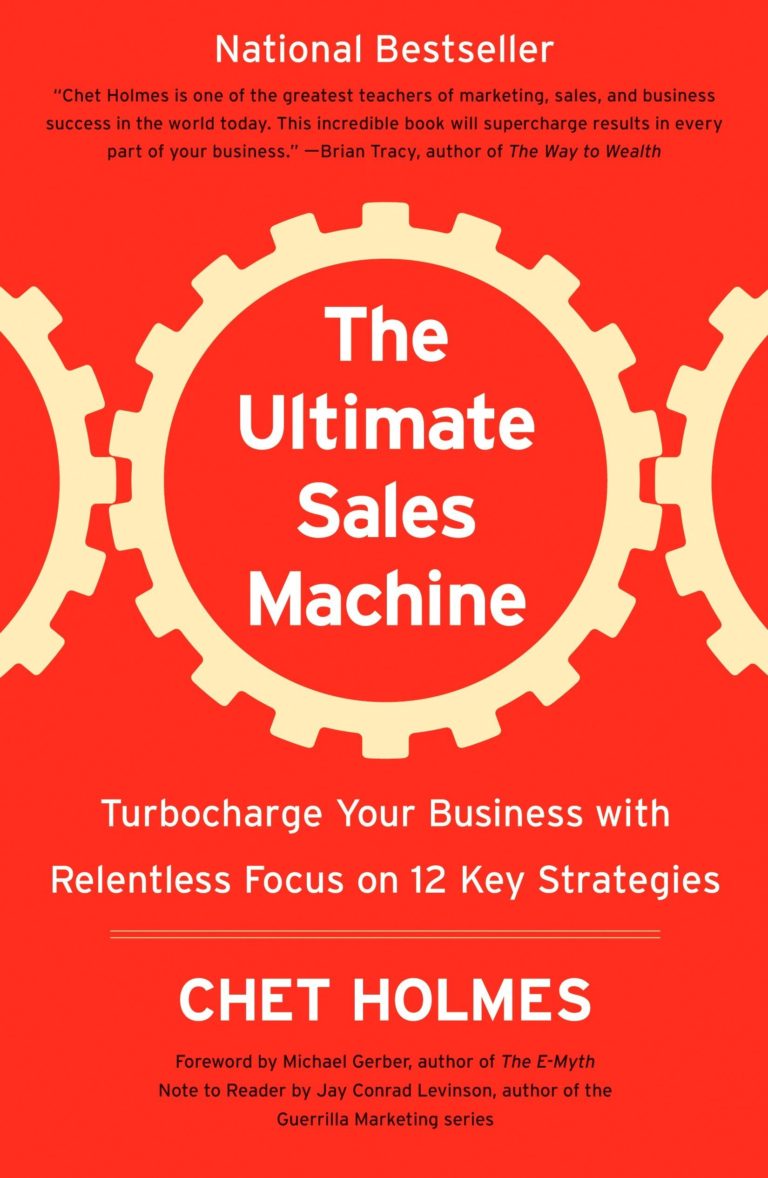5 Things you could actually, truly apply (as a content creator) from the lessons of David Ogilvy’s book – Ogilvy on Advertising (1985)

Note: The book was written for advertising people but the blog post is intended for content creators.
Want your blog/content to be featured in this blog post?
E-mail me at yan@improvementor.blog with screenshots or examples of how you applied any of the 5 principles, and I’ll be sure to update the blogpost with reference to it. 🙂
Why would I listen to Ogilvy?
I’ve been reading marketing books for quite some time now, and overall one of the people that gets mentioned over and over again is David Ogilvy, to the point that I have already felt that it’s a MUST to read his book(s). It’s as if he was laying the founding blocks for much of what is going on now.
Two authors that stand out in mentioning him are Russell Brunson (Traffic Secrets) and Seth Godin (This is Marketing).
1. What is the benefit of the product?
‘Advertising which promises no benefit to the customer does not sell’ says Ogilvy.
Stating the benefit of the product is THE MOST IMPORTANT thing in the whole book, he continues.
This is why the content of this blog post is: 5 things you could apply, because that’s what I figured you would like to see most when reading a summary.
Just as people who view the discovery channel watch it for general education, I assume that you read this blogpost for application.
So make sure you know the benefit that the reader will get from your content (a.k.a. promise) and state it in the headline. Vagueness is the enemy.
2. Make a hooking headline
Apart from stating the benefit in the headline, picking a good headline is an art as of itself, which cannot be completely taught in one paragraph, and probably not even in a whole blogpost or book, but here are 3 good practices Ogilvy suggests and that I have used making the headline of this post:
-Should describe helpful and useful information (I applied and how you can too)
-Include the name of the product (Ogilvy on Advertising)
-Specifics are better than generalities (5 things, not just things)
Try including these three practices in your headlines too!
3. We don't need beautiful ads, we need ads that sell
"If it doesn't sell, it isn't creative"
What metrics should I measure?
CTR* is the only metric that measures a successful video ad, I determined after long thinking and analysis.
In order to 100% determine which ad is better I should refer to this metric.
Leads/Subscribers/Shares on the other hand, determine the success of the various content.
Avoid this mistake that I made
But it seems that I did a serious mistake.
I used to interchange the headings in an A/B test with the subheadings, thus making the A/B testing* ineffective (two variables were changed) and that mistake carried on for lots of subsequent tests.
WRONG
So for example one ad was: And another ad was:
Heading: “My next marketing book?” Heading: “11 Tips for better marketing”
Subheading: “11 Tips for better marketing” Subheading: “My next marketing book?”
CORRECT
When instead it should have been:
Heading: “My next marketing book?” Heading: “Content marketing tips”
Subheading: “11 Tips for better marketing” Subheading: “11 Tips for better marketing”
Concluding these 2 observations
I have made a new ad for one of the videos in the correct way to test it again.
In the ad I interchanged “My next marketing book?” against another heading which describes the content.
After a few of these video ads (which I plan to test after this test ends) I’ll write the results in an excel sheet, and continue to test another variable. Perhaps the thumbnail.
What could you do?
-Likely, your key metric for ad performance is also CTR.
So start a paid ad (organic traffic doesn’t give much results, at least in the beginning for sure).
I used Jason Whaling’s tutorials to setup YouTube ads, which are the only ads I’ve used for quite some time now.
When you make the ads, A/B test one of these 4 metrics:
1. Headline
2. Subheading
3. Thumbnail
4. Audience
Do this for a few videos or content pieces to determine the clear winner with documentation in an excel sheet, and proceed to the next test.
Never stop testing and your advertising will never stop improving.
4. Use awesome illustrations


Whether a YouTube thumbnail or blog post image, just like headlines, illustrations should be curiosity evoking.
That means that when someone sees it, it should make him think “What is this about?” and continue reading the text to find out.
(For example I figured that in this blog post an image of lots of billboards on Times Square would be more attractive than a book cover and image of the author which I usually use).
Other things to consider:
-Before and after images always increase sales according to one research.
-Using characters which appear in your show inside your ads increases recall.
That is why the before and after image of myself above this paragraph was chosen, and perhaps you could use something similar too 🙂
5. Create a clear image of using the product
Don't write essays. Tell your reader what your product will do for him or her, and tell it with specifics.
This principle I have already applied earlier, in contrast to the other 4.
Since I don’t sell anything yet, the “product” is my content and it should be clear to you how it was meant to be used, just as the quote above says.
My answer is this, as stated in my YouTube about page:
1) You can browse my channel/blog and see if there are any books you thought of reading, then read/view the summary/review to decide if you want to read the full version.
2) You can just watch/read without reading the books themselves, to enrich your knowledge, and, very hopefully, apply it 🙂
Could you write a similar explanation for your content? I bet you could.
The book’s numeric 1-to-100 rating is available in a separate blogpost.
Freebies/PDFs
Related Articles

One Million Followers – 7 Tips from 7 Proven Social Giants
7 Superstar content creators/manager’s tips of the many in the book One Million Followers by Brendan Kane !Disclaimer – The 2 book links in the

Everybody Writes – 7 Blog Tips For Your Next Blog Post
7 of the best tips from the book Everybody Writes (In my opinion) to actually apply in your next blog post. Animated Summary 1. Write

The Ultimate Sales Machine – 12 Useful Steps In a Nutshell (Chet Holmes Book Review)
In his book The Ultimate Sales Machine, Chet Holmes claimed that these are the only 12 steps we need to repeat 4,000 times to grow